USA TOUR 2002
|
Charleston is
situated on a narrow, low-lying peninsula between the Ashley and Cooper
rivers, at the head of a broad bay leading to the Atlantic Ocean. The city
also includes an area on the western bank of the Ashley River.
Charleston was founded in 1670 at Albemarle Point on
the western bank of the Ashley River and named Charles Town in honor of Charles
II, king of England. The settlement was moved to its present
peninsular site in 1680. The community soon prospered as the commercial
and shipping center for the region's great rice and indigo (and, later,
cotton) plantations; and as America's major port in the slave trade. By
the mid-18th century, it had become famous as a center of luxury and
culture, with a distinctly cosmopolitan population that included many
French Huguenots and the largest Jewish community in the American
colonies. During the American
Revolution, it repulsed two British naval attacks (1776 and 1779)
but was captured in 1780 and occupied until 1782. In 1783 it was
incorporated as a city and its name was shortened to Charleston. The state
capital was moved inland from Charleston to Columbia in 1790, and by the
early 19th century the port had declined dramatically. The city lacked
banking and financial resources, allowing Northern financiers to become
the brokers in its commerce, and after 1800, Charleston became
increasingly dependent on a single crop, cotton. The South Carolina
Ordinance of Secession was passed here in December 1860, and the American
Civil War began with the firing on Fort Sumter on April 12, 1861.
The city was captured by Union forces in February 1865 after a 19-month
siege.
Charleston is one of the busiest ports of the
southeastern United States; its fine, nearly landlocked harbor handles
both coastal and overseas trade. The city is also a rail, road, and air
transportation hub. Among the many manufactures here are paper, metal
products, chemicals, cigars, molded rubber products, and petrochemicals. A
large United States Navy shipyard and an air force base are located north
of the city. It is the seat of the College of Charleston (1770), the
oldest municipal college (since 1837) in the country; the Medical
University of South Carolina (1824); The Citadel, the Military College of
South Carolina (1842); Charleston Southern University (1964); and Trident
Technical College (1964). A cultural center of the South, it is the site
of an annual arts festival, the American counterpart of the Festival of
the Two Worlds in Spoleto, Italy. Also here are the Gibbes Art Gallery and
the Charleston Library Society (1748), one of the oldest libraries in the
country. A major tourist attraction is the extensive historic district,
noted for its lush gardens and the varied architecture. Three
fortifications stand at the mouth of Charleston Harbor: Fort Sumter and
Castle Pinckney (1797), both built on shoals, and Fort Moultrie, on
Sullivans Island. |
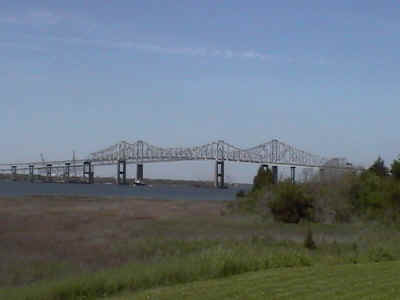 |
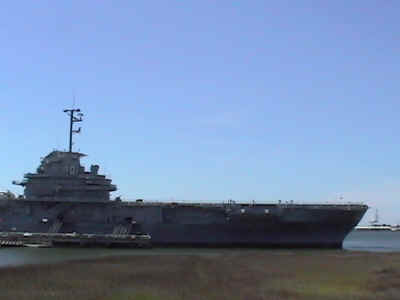 |
| The Cooper River Bridge |
USS Yorktown |
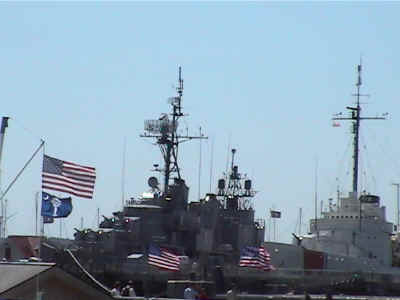 |
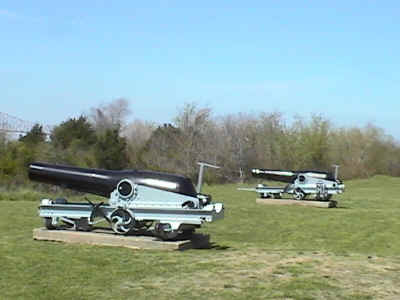 |
| USS Yorktown |
Cannons |
 |
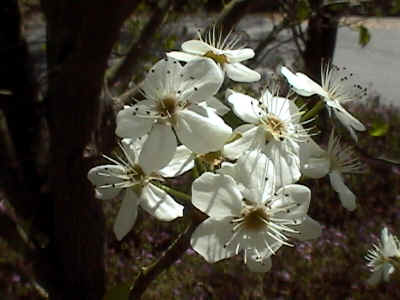 |
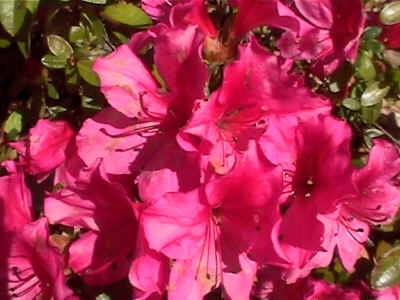 |
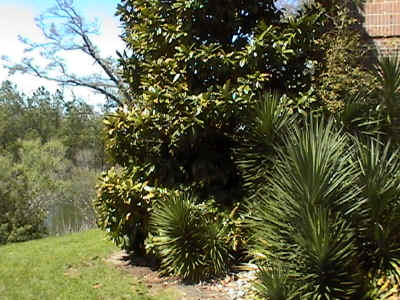 |
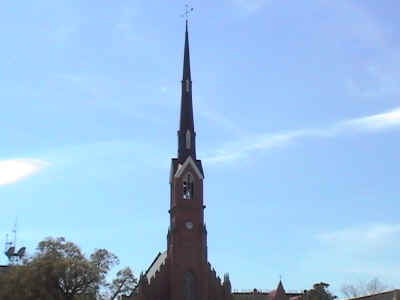 |
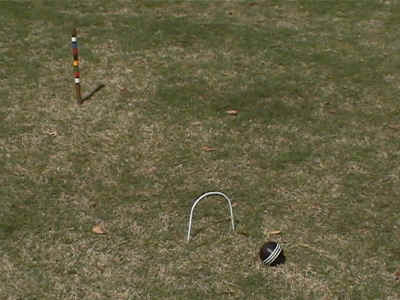 |
| Downtown
Charleston |
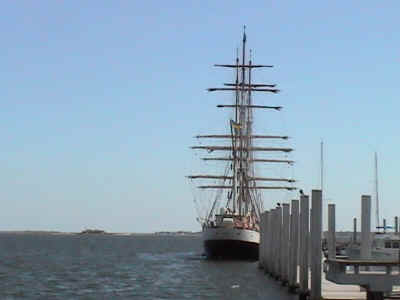 |
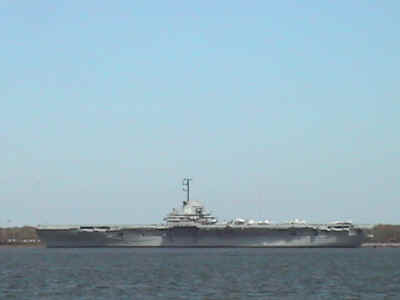 |
| The ships on the
Bay |
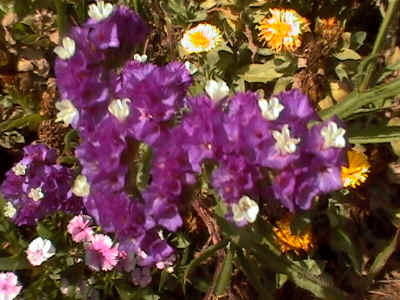 |
 |
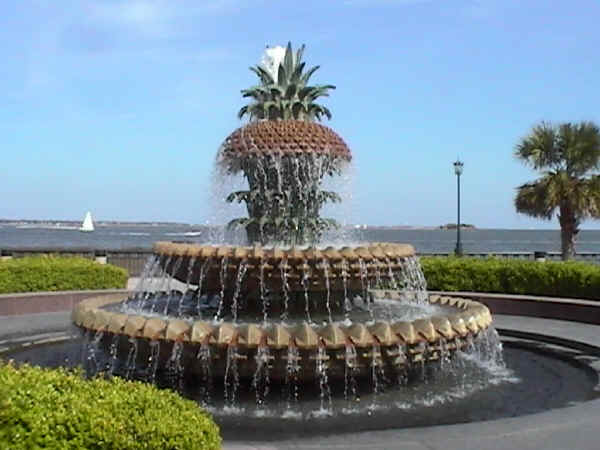 |
| The Big Pineapple
Park |
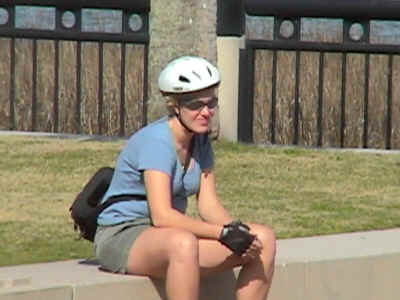 |
 |
| Chillin' on the Bay |
 |
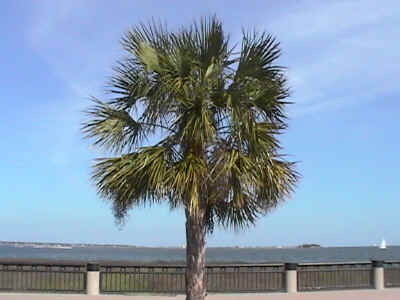 |
 |
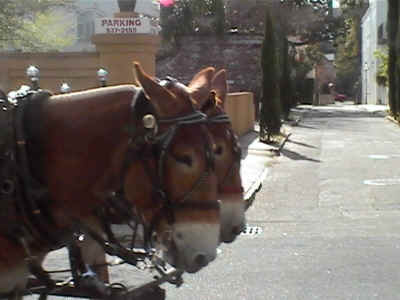 |
| The Pug in the Park |
Twins! |
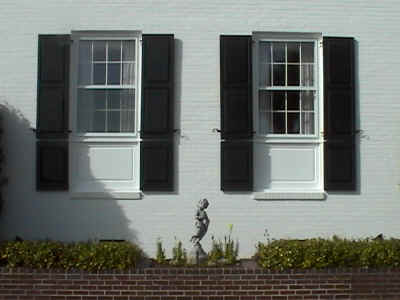 |
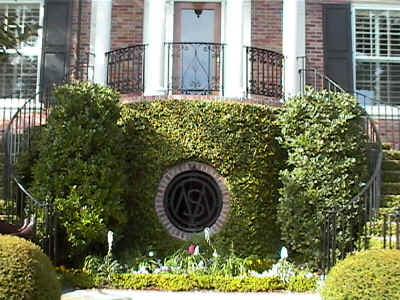 |
| The Mansions on
the Battery |
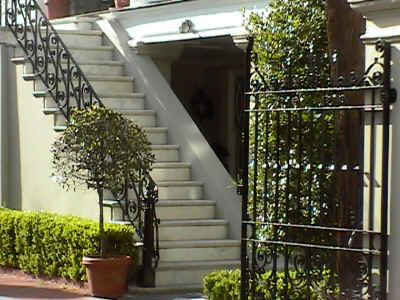 |
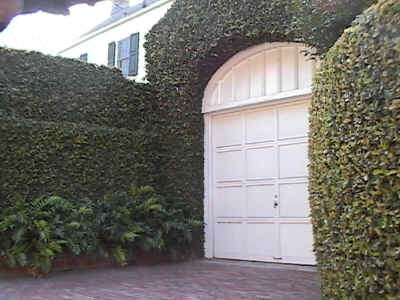 |
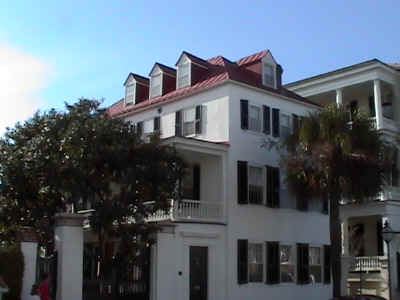 |
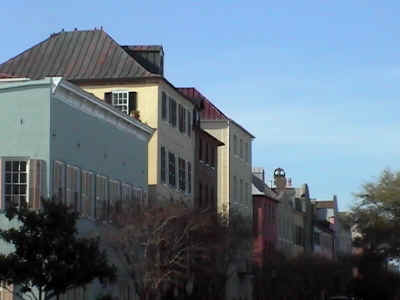 |
| Another Mansion... Ho
Hum.. |
Rainbow Row |
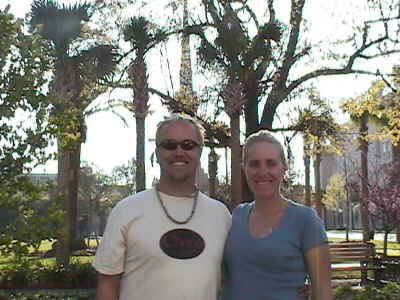 |
 |
| Biking around
Charleston, much better than driving!! |
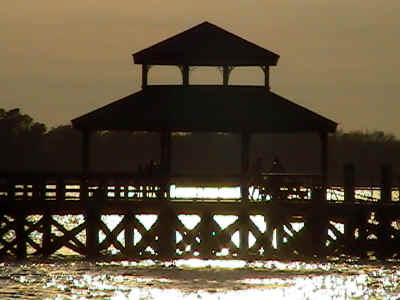 |
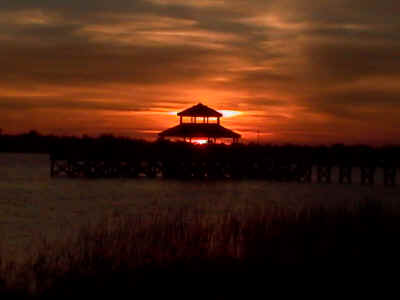 |
| Charleston sunset
at the Park |
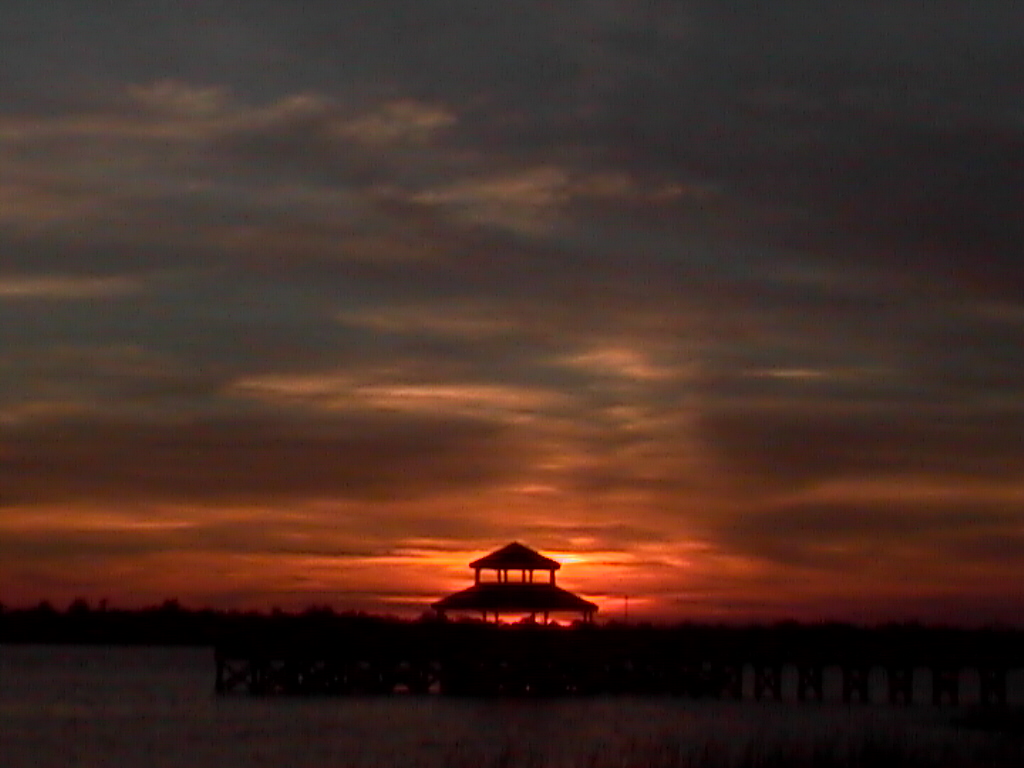 |
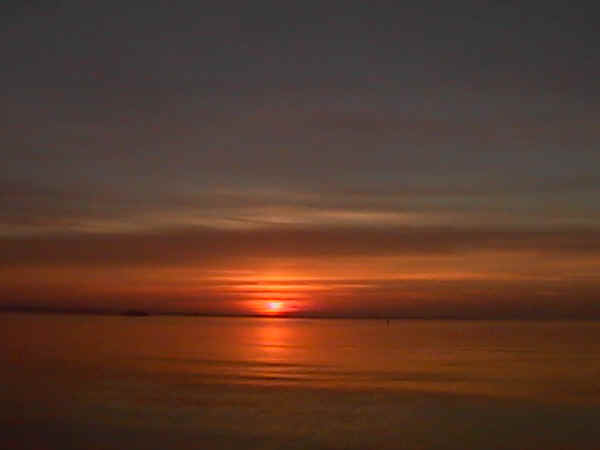 |
| Sunrise on The Battery |
 |
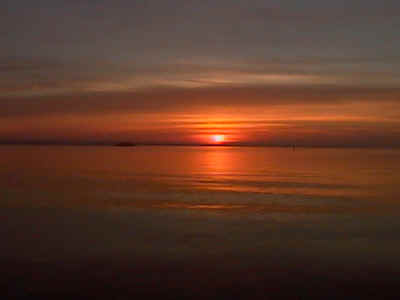 |
|